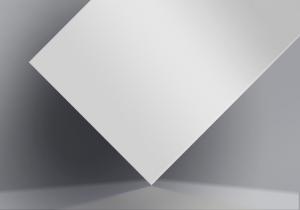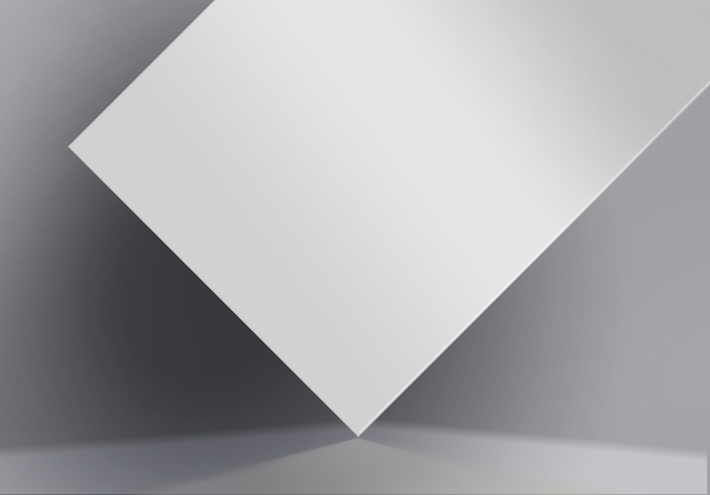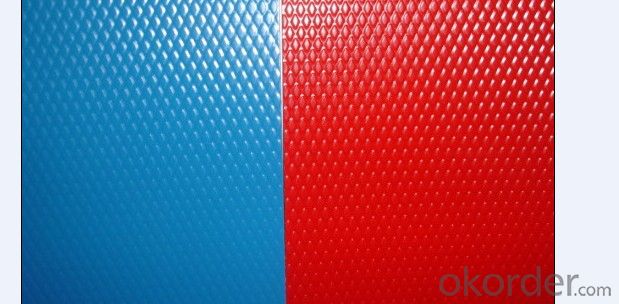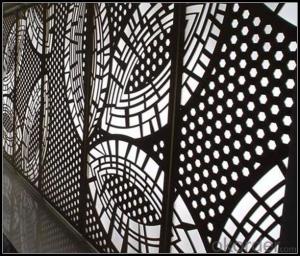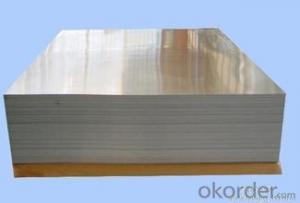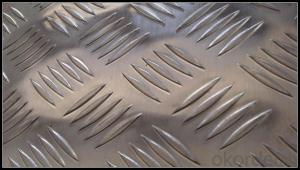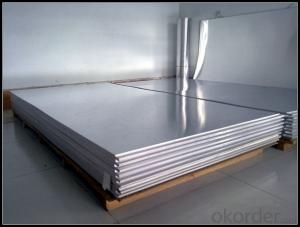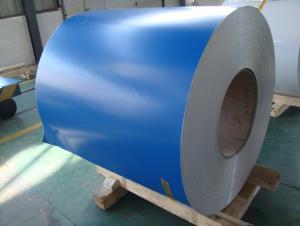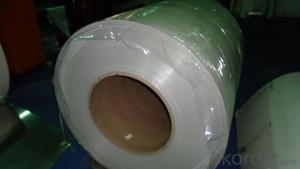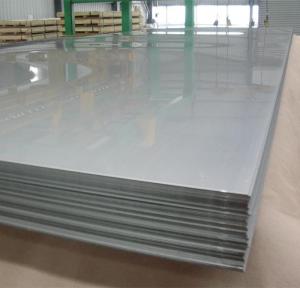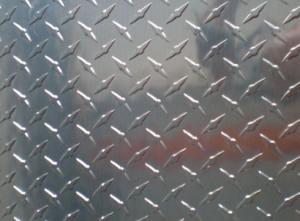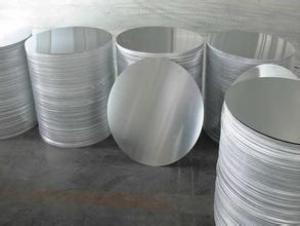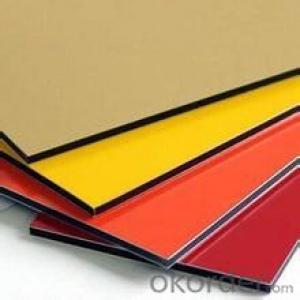Aluminum Trailer Siding Sheets - Coated Metal Aluminum Alloy Sheet from China
- Loading Port:
- Shanghai
- Payment Terms:
- TT or LC
- Min Order Qty:
- 5 m²
- Supply Capability:
- 9000 m²/month
OKorder Service Pledge
OKorder Financial Service
You Might Also Like
We can offer various kinds of coated aluminum sheets:
- Standard Alloy: 1100, 1050. And 3003, 3005, 3105 and etc. could be accepted too.
- Standard width: 1240mm, 1270mm. And it is accepted from 120mm to 1590mm
- Thickness: 0.10mm to 0.60mm
- Coating thickness: polyester coating>= 17 micron. pvdf coating >= 25 mircon.
- Hardness (pencil hardness) more than 2H
- Adhesion: 5B (EN ISO-2409: 1994)
- Impact resistance :No cracking and peeling(A.S.T.M D2794-1993)
- MEK resistance more than 100
- Color : there are 30 stardard colors according to our color chart. And you color is accepted if you could post us a sample.
- Shippment: 15 days for standard width & standard alloy. If specials, delivery time need to be confirmed order by order.
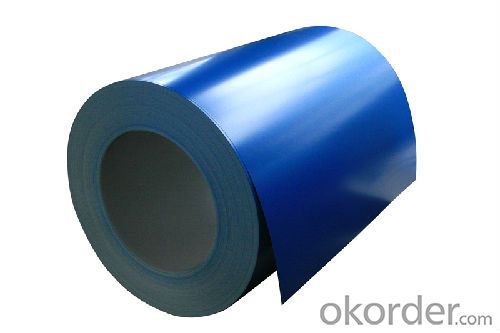
Applications:
Used to manufacture decorative material, such as aluminium composite panel, brushed panel, lampshade, and other composite panels.
1) Exterior applications such as: wall cladding, facades, roofs and canopies, tunnels, column covers or renovations
2) Interior applications such as: wall cladding, ceilings, bathrooms, kitchens and balconies
3) Advertisement and market applications such as: display platforms, signboards, fascias and shop fronts
4) Transport and industry applications
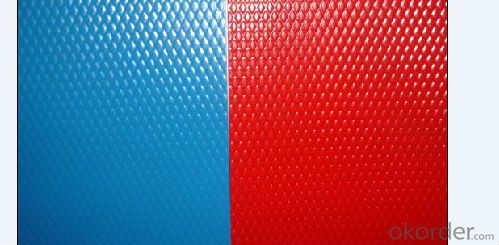
FAQ
Price term: Ex-Work,FOB,CNF,CFR,DDP,DDU,or as required
Payment term:TT,L/C,Western Union,by cash,or as required
Delivery Time: Prompt delivery,or based on the quantity of order.
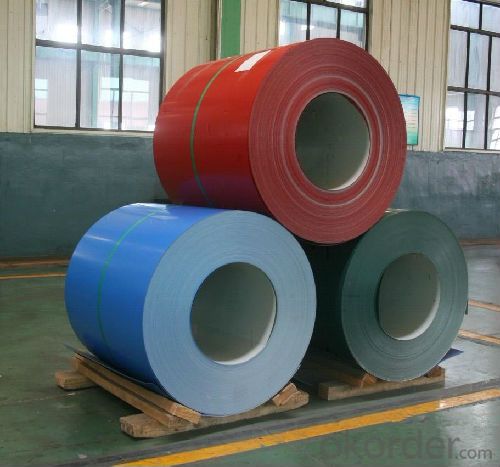
- Q: Can 101 aluminum sheets be used in the production of consumer electronics?
- Yes, 101 aluminum sheets can be used in the production of consumer electronics. Aluminum is a lightweight and durable material that is commonly used in various electronic devices, including smartphones, laptops, and tablets. The specific grade of aluminum, such as 101, determines its properties and suitability for different applications.
- Q: How is the thickness of an aluminum sheet measured?
- The thickness of an aluminum sheet is typically measured using a tool called a micrometer. This handheld device applies pressure to the sheet and displays the measurement in millimeters or inches on a digital or analog gauge.
- Q: Wonderland is the hard aluminum with what tools do? Thank you
- Wrought iron platform made 3 aluminum alloy with a hard aluminumAluminum + granite can also be synthesized
- Q: Which kind of material does aluminum sheet(aluminum oxide) belong to?
- hardware
- Q: i want to build a smelter to recycle aluminum auto parts
- Aluminium is usually recycled in the following basic way[2]: In the case of products like aluminium drink cans, the cans are shredded and ground into small pieces. The small pieces are then melted in a furnace to produce molten aluminium (by the end of this stage the recycled aluminium is indistinguishable from virgin aluminium and so further processing is identical for both). Some minor adjustments to the actual composition of the final product is required to eliminate impurities and to conform the recycled aluminium to the proper amalgam from which different materials are manufactured, including slightly different compositions for can bodies and lids. The molten aluminium is then poured in to moulds to create large ingots. The ingots are then forced through rollers to create sheets of aluminium of whatever thickness is required for the product the metal will be used in. The scrap aluminium is separated into a range of categories i.e. irony aluminium (engine blocks etc), alloy wheels, clean aluminium Depending on the specification of the required ingot casting will depend on the type of scrap used in the start melt. Generally the scrap is charged to a reverbatory furnace (other methods appear to be either less economical and/ or dangerous)and melted down to form a bath. the molten metal is tested using spectroscopy on a sample taken from the melt to determine what refinements are needed to produce the final casts. After the refinements have been added the melt may be tested several times to be able to fine tune the batch to the specific standard Once the correct recipe of metal is available the furnace is tapped and poured into ingot moulds, usually via a casting machine. The melt is then left to cool, stacked and sold on as cast silicon aluminium ingot to various industries for re-use.
- Q: Explain how aluminum sheets can impact the longevity and robustness of a building's structure.
- <p>Aluminum sheets can significantly enhance the durability of a building due to their corrosion resistance, lightweight nature, and high strength-to-weight ratio. They are resistant to weathering, which protects the building from environmental damage, and they do not rust, reducing the need for maintenance and repair. Additionally, aluminum's malleability allows for the creation of various shapes and sizes, making it versatile for different architectural designs. Its recyclability also contributes to sustainability, reducing the overall environmental impact of construction.</p>
- Q: This question asks for the steps or methods required to install aluminum sheets on a rooftop.
- <p>To install aluminum sheets on a roof, follow these steps: 1. Inspect the roof structure for any damage and ensure it can support the weight of the aluminum sheets. 2. Measure and cut the aluminum sheets to the required size using a metal saw. 3. Attach a drip edge to the eaves to prevent water from seeping under the sheets. 4. Lay the first sheet horizontally on the roof, starting from the bottom edge, and secure it with roofing nails. 5. Overlap the subsequent sheets by about 1-2 inches and fasten them with nails, ensuring a watertight seal. 6. Install flashing around vents, chimneys, and other roof projections to prevent leaks. 7. Seal all seams and fasteners with a high-quality sealant to ensure a weathertight installation. 8. Inspect the installation for any gaps or leaks and make necessary adjustments.</p>
- Q: Are aluminum sheets recyclable?
- Yes, aluminum sheets are recyclable. Aluminum is a highly recyclable material, and the recycling process for aluminum sheets is relatively simple and efficient. Recycling aluminum sheets involves melting the metal down and reforming it into new sheets or other aluminum products. The recycling process for aluminum requires considerably less energy compared to the production of new aluminum, making it an environmentally-friendly option. Additionally, recycling aluminum sheets helps conserve natural resources and reduces the amount of waste sent to landfills. Therefore, it is encouraged to recycle aluminum sheets whenever possible to contribute to a more sustainable and eco-friendly future.
- Q: Are aluminum sheets suitable for HVAC applications?
- Yes, aluminum sheets are suitable for HVAC (Heating, Ventilation, and Air Conditioning) applications. Aluminum is a popular material choice for HVAC systems due to its various beneficial properties. Firstly, aluminum is lightweight, which makes it easier to handle and install in HVAC systems. This is particularly important for large systems that require a significant amount of material. Secondly, aluminum is highly resistant to corrosion, making it ideal for use in HVAC applications where exposure to moisture and condensation is common. This resistance to corrosion ensures the longevity and durability of the HVAC system, reducing maintenance and replacement costs in the long run. Additionally, aluminum has excellent thermal conductivity, allowing it to efficiently transfer heat or cold air throughout the HVAC system. This property helps to ensure efficient heating and cooling, reducing energy consumption and resulting in cost savings for the user. Furthermore, aluminum sheets can be easily formed and shaped to fit specific HVAC requirements, allowing for customized designs and precise installation. This versatility makes aluminum a preferred choice for ductwork, heat exchangers, and other components in HVAC systems. Overall, aluminum sheets are well-suited for HVAC applications due to their lightweight, corrosion resistance, thermal conductivity, and flexibility. These properties contribute to the efficiency, durability, and performance of HVAC systems, making aluminum a preferred material in the industry.
Send your message to us
Aluminum Trailer Siding Sheets - Coated Metal Aluminum Alloy Sheet from China
- Loading Port:
- Shanghai
- Payment Terms:
- TT or LC
- Min Order Qty:
- 5 m²
- Supply Capability:
- 9000 m²/month
OKorder Service Pledge
OKorder Financial Service
Similar products
Hot products
Hot Searches
Related keywords
